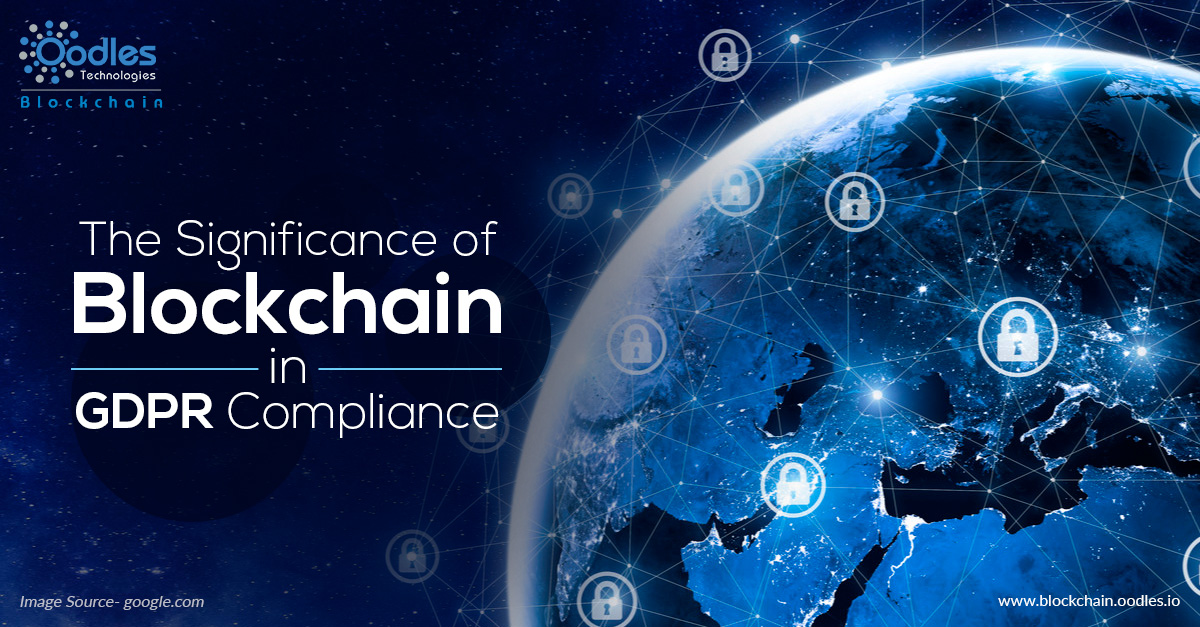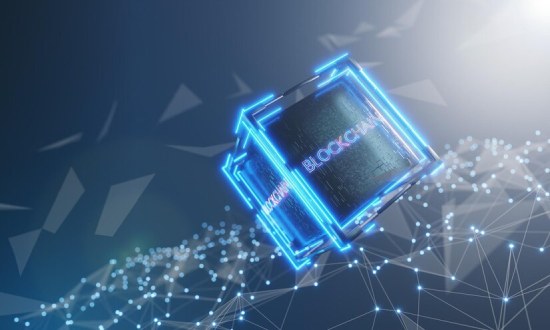-
Given the recent events, people are becoming increasingly aware of the use of their information (data). Now, individuals are more than ever concerned about the threats of the data. The implementation of GDPR (General Data Protection Regulation) is like a breath of fresh air for consumers.
GDPR:
The GDPR seeks to provide the European Union residents a complete control over the use of their personal information (data), it creates a coordinating data protection law across the European Union.
With GDPR, even organizations having no physical market presence in the EU will have to comply with the GDPR compliance. Such organizations, offering paid or unpaid services or goods to consumers residing in the EU, will be required to be compliant with the new legislation.
Blockchain:
Blockchain is an immutable, distributed ledger that can store the history of transactions. It forms a new landscape of transactional applications that help form transparency and accountability. Blockchain offers a supreme level of both things due to its ability to manage any data, based on its tamper-resistant data storage, and consensus model used to modify the data.
While GDPR and blockchain had different goals initially- forming a currency ecosystem based on a decentralized model & implementing data privacy laws- both initiative has similar principles; secured and self-sovereign data (individuals in control of their data).
As now you know that both the initiatives align on a similar principle, you must think about how blockchain can help you to address your GDPR hindrances.
Blockchain in GDPR Compliance and how it might come to the Rescue
The most defining feature of the legislation's new regulation is that of "privacy by design." Instead of developing a system and then "adding" privacy and security as a secondary issue, the EU emphasizes, the designed system must minimize superflows data gathering and protect that which is required for operations.
Fortunately, shared (distributed) ledger technology is both intensely private and equally secure.
Let's Understand, How?
Firstly, blockchain technology enables users to exchange data with almost perfect anonymity, contingent on the application.
While a public blockchain contains an address for an inter-user transaction having no identifying elements in it, a private blockchain asks for permission to provide access.
Additionally, by creating a decentralized transaction process, distributed ledger systems eradicate the issues generally exploited in a centralized data repository. Thus, rather than leaving space for a recognizable single point of failing, a blockchain ledger ensures that single-breach failures are nearly impossible to happen.
One of the other significant characteristics a GDPR-compatible Blockchain service offers is immutability. In order to rely on evidence of GDPR compliance, all involved parties must have a unified trust, which is complete, unchanged, and accurate. It can be possible by using blockchain technology to record transactions.
It creates a unique signature for digital records when delivered to the platform, such as data transactions, events, or documents. Further, it stores these signatures in a proof chain that's an unchangeable ledger.
So, after the creation of evidence seals, the evidence holder gets a notification with a token to allow proof certificates based on those seals that can be accessed whenever needed. These proof certificates can help validate claims for each party involved, providing clear evidence of the action.
As the world is moving towards regulated data collection, security, and storage, Blockchain offers the most viable method for being compliant with upcoming, new international rules and regulations. The decentralized model and extremely minimal, invasive nature of the blockchain platforms adhere to new GDPR principles of privacy by design and the availability and immutability of the implementation of a proof chain guarantee prevention of malicious data corruption.

Our Offices
INDIA
Emaar Digital Greens, Sector 61,
Gurugram, Haryana
122011.
Welldone Tech Park,
Sector 48, Sohna road,
Gurugram, Haryana
122018.














